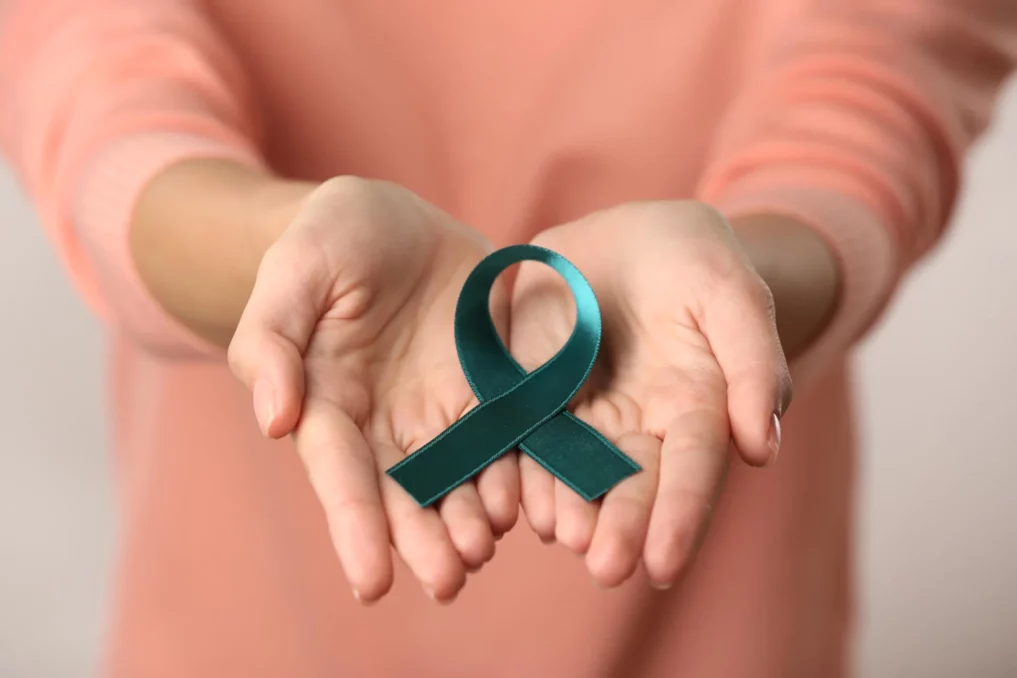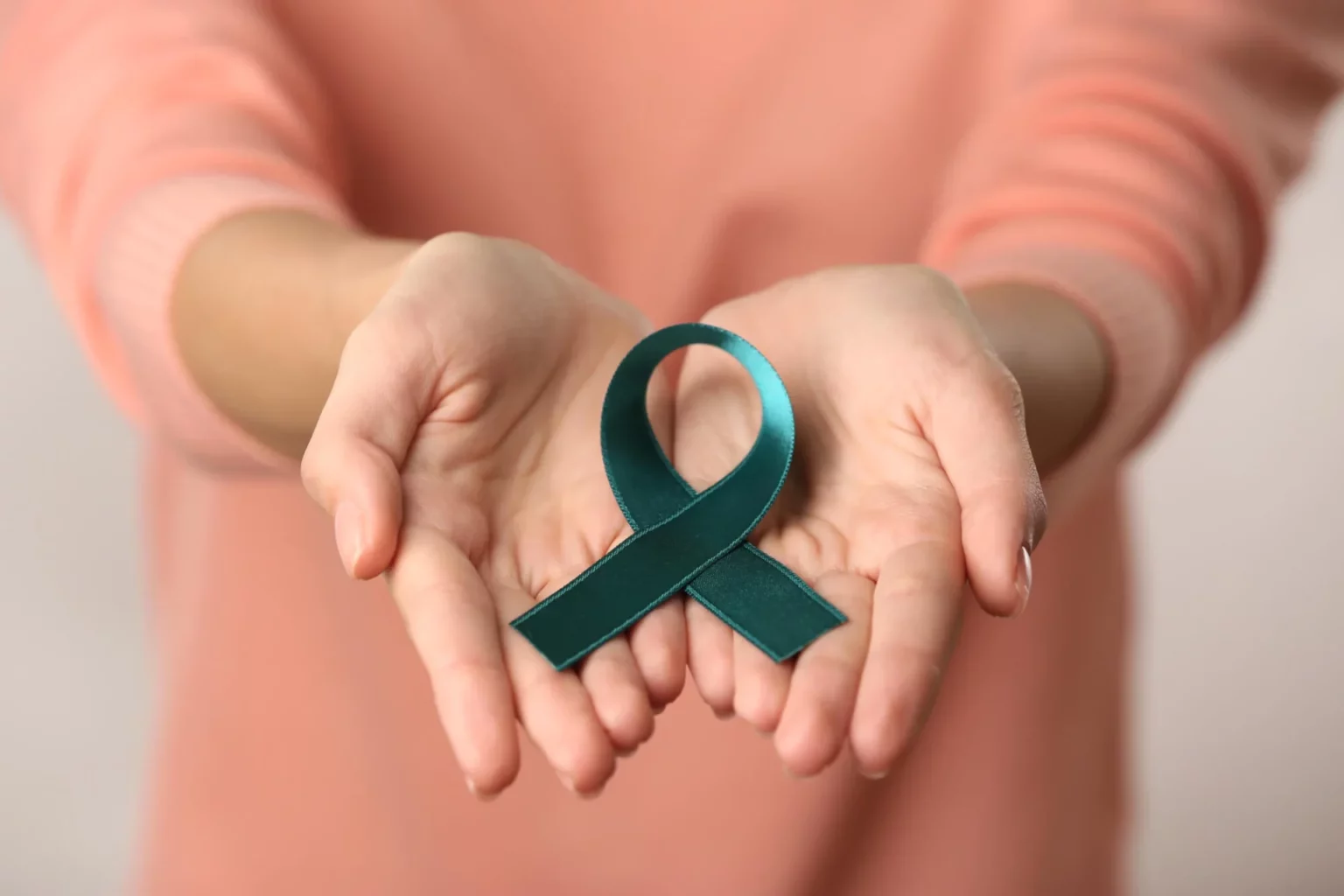Hairdressers, Accountants, and Construction Workers Among Occupations Associated With Higher Risk of Ovarian Cancer, Study Reveals
A recent statistical analysis has shed light on potential occupational risks for developing ovarian cancer. The study suggests that women working in professions such as hairdressing, accounting, construction, clothing manufacturing, and sales and retail may face a heightened risk of developing this form of cancer. The findings, which identify certain agents in the workplace that may contribute to increased risk, emphasize the importance of further research in understanding occupational hazards and safeguarding women’s health.

The research, published in the journal Occupational and Environmental Medicine, examined the lifetime occupational histories of 491 women diagnosed with ovarian cancer and compared them with 897 women without the disease. While factors such as advanced age, family history, and reproductive factors have been established as risk factors for ovarian cancer, the study aimed to explore potential associations between specific occupations and the disease.
The study revealed that women who worked for ten or more years as hairdressers, barbers, beauticians, or related professionals faced a threefold higher risk of ovarian cancer. Similarly, accountants who worked in the field for a decade or longer had double the risk, while those in construction experienced a tripling of the risk. The study found that women working in the clothing industry, which includes embroidery, faced an 85% increased risk of developing ovarian cancer. Sales and retail workers also faced a significantly increased risk.
Additionally, the researchers investigated exposure to 29 common workplace agents and found higher risks associated with prolonged exposure to certain chemicals. These included talcum powder, ammonia, hydrogen peroxide, hair dust, synthetic and polyester fibers, organic dyes and pigments, cellulose, formaldehyde, propellant gases, and naturally occurring chemicals in petrol and bleaches.

However, the study did not determine whether these associations were due to individual agents, combinations thereof, or other factors present in the workplace environment. Notably, hairdressers, beauticians, and cosmetologists were frequently exposed to several of these agents, raising questions about the potential cumulative effects.
While the findings suggest an association between certain occupations and increased ovarian cancer risks, the study authors stress the need for further research. They emphasize the importance of future studies employing advanced statistical methods to evaluate the potential hazards faced by women in occupations predominantly held by women.
Melissa Friesen and Laura Beane Freeman from the US National Cancer Institute, in a commentary accompanying the study, highlighted the significance of studying women’s occupational risks and identifying risk factors specific to female cancers. They noted that the underrepresentation of women in occupational cancer studies has hindered progress in this area and the identification of potential workplace exposures that contribute to disease risks.
Ovarian cancer affects thousands of women annually, and understanding the role of occupation and workplace exposures is vital for developing preventive measures and protecting the health of those in high-risk professions. Continued research and comprehensive studies will contribute to a better understanding of the specific hazards faced by women in various occupations and aid in implementing effective measures to minimize these risks.
As experts continue to explore the complex relationship between occupation and ovarian cancer, it is crucial for regulatory bodies, employers, and individuals to prioritize workplace safety and implement protective measures that can help safeguard the health and well-being of women in at-risk professions.













